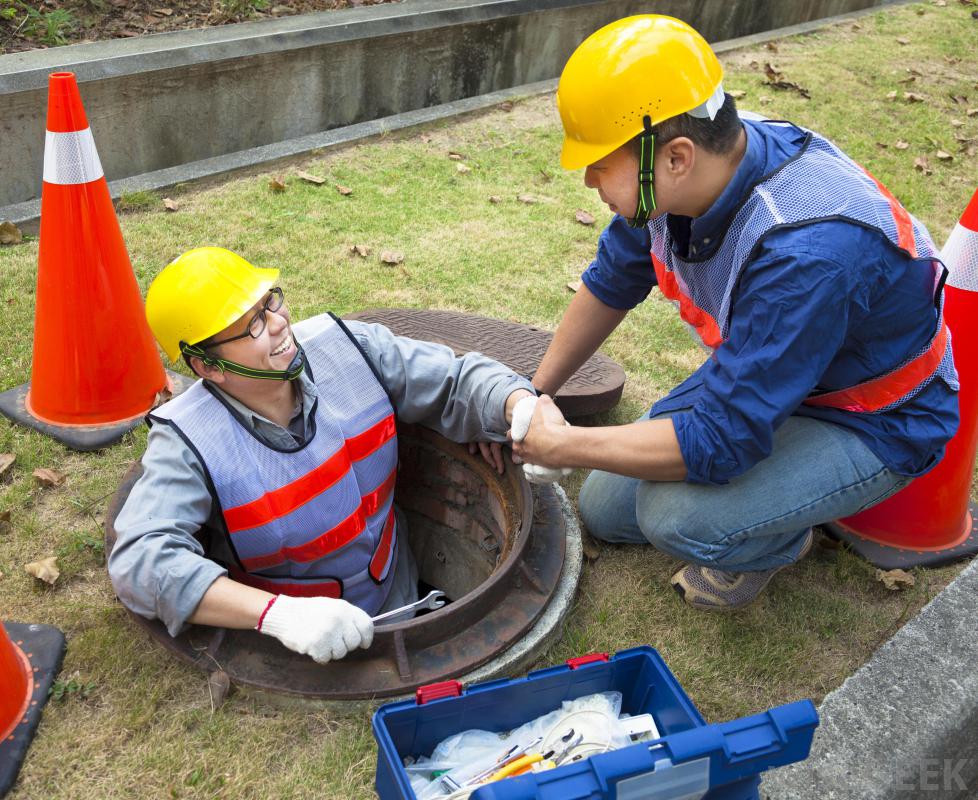Ductile iron is a type of cast iron that has superior strength when compared to common cast iron. Often called nodular iron or ductile cast iron, the key in the strength comes from the addition of spherical graphite into the cast-iron mixture. The graphite allows for a more flexible and elastic iron, which resists breaking and cracking far greater than the common cast-iron materials. Carbon, silicone and manganese are all components of ductile iron and are used to give the iron its strength. Often used in automobiles and machinery when more strength is required than aluminum can produce and solid steel is not needed, ductile iron is a strong and affordable option.
The development of ductile iron dates to the 1940s, and there are a range of types available for different applications. Ductile iron contains distinctive nodules of graphite, instead of the flakes seen in other kinds of cast iron. The advantage of nodules is resistance to cracks and fractures, making ductile iron stronger and more durable. It is also, relatively speaking, more flexible.

In a manufacturing application, ductile iron is easily drilled and tapped, producing threaded holes that do not strip out easily when a fastener is torqued in place. The corrosion resistance of ductile iron pipe makes it a better choice than gray iron pipe for waterlines as well as valve assemblies. This is also the preferred pipe of many plumbers when the terrain is not optimal for plastic pipe. Manhole covers are also manufactured from the ductile material due to its tremendous strength and durability. The iron alloy is well-suited to high-heat applications.
A ductile iron pipe is a pipe made from a special form of cast iron known for durability and flexibility. This pipe is available for plumbing applications in many regions of the world and is suitable for handling potable water as well as waste water for treatment. Manufacturers produce this iron pipe using a method known as centrifugal casting. Technicians pour molten iron into a centrifuge that flings the iron against the walls, evenly distributing it to create pipe walls of uniform thickness. After the pipe cools, it is possible to thread it so it can be screwed to fittings and attachments. Technicians may also line the pipe to help it resist corrosion more effectively.
